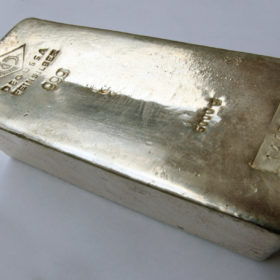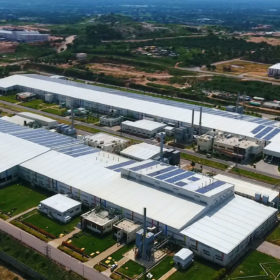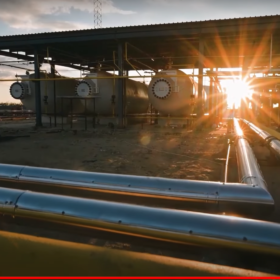Interview: GoodWe talks IPOs, policy changes and tripling production capacity
In an interview with pv magazine, vice president of GoodWe, Ron Shen, talks about the company’s plans for Germany, Spain, Africa and India, in addition to its goal to triple production capacity to 15 GW in China. He also discusses the effect of China’s 31/5 policy change, and plans for an initial public offering (IPO).
Making India’s solar sector resource efficient
By adopting resource efficiency measures, the Indian PV solar manufacturing sector can reduce its material requirement from an estimated 12 million tons to 8.2 million tons by 2030. The resource-efficient approach will also increase efficiency to more than 30% from 6% in 2018, according to a study conducted under the European Union’s Resource Efficiency Initiative (EU-REI) Project.
SECI extends 3 GW manufacturing-linked solar auction by two weeks
After a pre-bid meeting with solar power developers on September 6, India’s Solar Energy Corporation of India (SECI) is looking to amend the tender document, which it hopes to upload to its website in the coming days, following approval from the ministry, according to a SECI spokesperson.
Amara Raja to open 100 MWh Li-ion battery fab, eyes demand from EVs
Following hot on the heels of Exide Industries, lead acid battery maker, Indian-based Amara Raja Batteries Limited has said it will set up a 100 MWh lithium ion assembly plant in Andhra Pradesh. The company aims to establish a foothold in the energy storage market for electric vehicles.
Deger Energie, Kavitsu announce new PV tracker manufacturing fab in Maharashtra
Germany’s Deger Energie and India-based Kavitsu Robotronix will open a new solar PV tracker manufacturing facility in India. The first products are set to come off the production line in January 2019.
PV installations in Q2 fall by half
In the second quarter, India installed solar projects amounting to 52% less capacity quarter-over-quarter, due to uncertainties around trade cases, module price fluctuations, and PPA renegotiations prompted by record low solar tender bids.
Government focuses on PV quality concerns
The award of the nation’s first solar project quality certificate may signal a renewed determination by the federal authorities to crack down on low-quality panels – with Far Eastern imports firmly in their sights.
SECI reduces manufacturing tender size from 5 GW to 3 GW
In a major development, the Solar Energy Corporation of India (SECI) has reduced its solar manufacturing tender size from 5 GW to 3 GW, and curtailed the minimum bid capacity from 1 GW to 600 MW. The size of Power Purchase Agreement (PPA), however, remains unchanged at 10 GW.
Researchers propose doubling today’s solar panel efficiency using two weird tricks
By double stacking a perovskite-silicon solar cell and using the cell in a glass-on-glass bifacial solar module, scientists model that a 30-36% efficient solar module can be attained.
Cygni Energy raises US$6.4 million, aims to triple solar DC capacity
Hyderabad based Cygni Energy plans to utilize the capital to triple its solar DC solutions production capacity from 4,000 units to 12,000 by H1 2019, develop new technology-enabled products and streamline the product lifecycle, as well as expand nationally and internationally.













